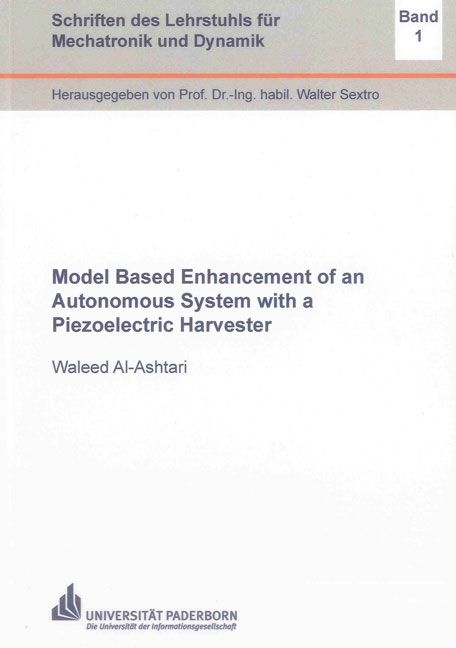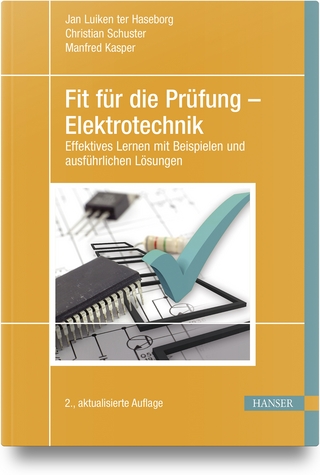Model Based Enhancement of an Autonomous System with a Piezoelectric Harvester
Seiten
- Keine Verlagsinformationen verfügbar
- Artikel merken
Energy harvesters convert ambient energy into useful electrical energy. An analytical model for calculating the electromechanical characteristics of a piezoelectric harvester based on the material properties, geometry and boundary conditions is presented. This model is the basis for a further model which describes the operation of an autonomous system powered by a piezoelectric harvester. This theoretical work is validated by corresponding laboratory experiments.
It is found that, in steady-state operation, the piezoelectric harvester experiences two alternating load conditions due to the rectification process. These load conditions make the system behave nonlinearly, especially if the connected electrical load is of low impedance. Furthermore, the results show that such an autonomous system works efficiently if it is connected to a high impedance load and excited at a frequency matching the anti-resonance frequency of the piezoelectric harvester.
The model of an autonomous system is extended to describe a system with multiple piezoelectric transducers. For implementing such a system, the optimum operation frequencies of the individual transducers must be adjusted. Therefore, a frequency tuning method is introduced. The tuning is accomplished by adjusting the distance between two permanent magnets and thus changing the attracting force between them in order to affect the structural stiffness of the harvester. This tuning method is modeled and validated experimentally. The results show that frequency tuning using permanent magnets is a simple and effective solution for the frequency adjustment of piezoelectric energy harvesters.
It is found that, in steady-state operation, the piezoelectric harvester experiences two alternating load conditions due to the rectification process. These load conditions make the system behave nonlinearly, especially if the connected electrical load is of low impedance. Furthermore, the results show that such an autonomous system works efficiently if it is connected to a high impedance load and excited at a frequency matching the anti-resonance frequency of the piezoelectric harvester.
The model of an autonomous system is extended to describe a system with multiple piezoelectric transducers. For implementing such a system, the optimum operation frequencies of the individual transducers must be adjusted. Therefore, a frequency tuning method is introduced. The tuning is accomplished by adjusting the distance between two permanent magnets and thus changing the attracting force between them in order to affect the structural stiffness of the harvester. This tuning method is modeled and validated experimentally. The results show that frequency tuning using permanent magnets is a simple and effective solution for the frequency adjustment of piezoelectric energy harvesters.
| Erscheint lt. Verlag | 13.3.2014 |
|---|---|
| Reihe/Serie | Schriften des Lehrstuhls für Mechatronik und Dynamik ; 1 |
| Sprache | englisch |
| Maße | 148 x 210 mm |
| Gewicht | 213 g |
| Einbandart | Paperback |
| Themenwelt | Technik ► Elektrotechnik / Energietechnik |
| Technik ► Maschinenbau | |
| Schlagworte | Autonomous Systems • Energy harvesting • Piezoelectric |
| ISBN-10 | 3-8440-2630-4 / 3844026304 |
| ISBN-13 | 978-3-8440-2630-6 / 9783844026306 |
| Zustand | Neuware |
| Haben Sie eine Frage zum Produkt? |
Mehr entdecken
aus dem Bereich
aus dem Bereich




